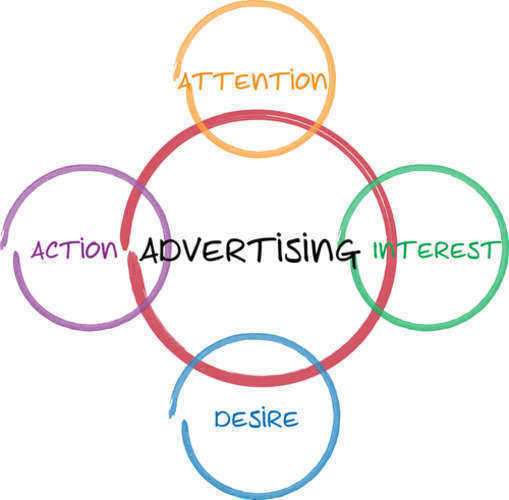Search Analytics

How to make Improvements to your Site with Search Analytics
What is the Most Popular Search Analytics Tool?
According to a report released by BuiltWith on April 6, 2012, about 15,429,942 websites were using Google’s site search analytics program called Google Analytics. The figure shows that about 60% of the top websites are using Google Analytics, while other top websites are using software like SEOmoz and others.
General Uses of Site Search Analytics
Search analytics will help a legal website and its operator determine statistics for search engine marketing (SEM) and search engine optimization (SEO). Additionally, search analytics will often provide search trends, reverse searching, advertisement statistics, website comparisons, keyword monitoring, and more—all of which can increase efforts to bring in more clients than other firms in the area.
Types of Searches
There are two types of searches that are used within search analytics. The two types are briefly described below:
External Search
An external search involves keywords that prospective clients use before they arrive at your website through a search engine such as Google.
Internal Search
An internal search occurs when a client has already arrived at your website and uses the search feature provided on your website, a common type of search in legal websites and blogs. If you want to set up site search analytics for internal searching with Google Analytics, you’ll have to perform a few additional steps.
Reports for External Searches with Google Analytics
You should review search analytics for external searches to see how many people are visiting your website and get an idea for what keywords or keyword phrases are bringing in the most clients. In order to review data for external searches, you can click on the “keywords” box located on the dashboard for Google Analytics. Here you can view the five search terms that are responsible for bringing the most traffic to your website.
Additionally, you can view the time/visits graph that indicates the amount of traffic that keywords have brought in over the last month. While using these tools, it’s a good idea to review the following information:
Specific Keywords
An important aspect of site search analytics is to see if your expected keywords are bringing in potential clients. For example, if you’re a family law attorney, you’ll probably expect keywords such as “divorce law,” “family law attorneys in [your location]” and more.
You should also look for keywords you didn’t expect to possibly improve content on your website. For example, does the search analytics show that people are arriving at your webpage with keywords that relate to , adoption, child custody, or other terms?
Bounce Rates
One of the most important features to examine within site search analytics is your bounce rate, or how many people arrive at your site and don’t find
what they’re looking for. One of the most important pieces of information to look at under the site usage tab is for the landing page. Consider adjusting your “call to action,” title, content, and more if bounce rates are high.
Trends
Search analytics under Google allow you to filter keywords to see what information consumers are viewing the most on your website. In order to filter your terms, you’ll have to select a minimum number of page visits and then click the “Filter Keyword” option. After you find certain trends, you can make adjustments to the content to attract more of the same consumers or target other clients.
Site Search Analytics for Internal Searching
As mentioned above, search analytics for internal searching provide data on what terms clients are searching for on your website. Basically, data on internal searches shows what information consumers cannot find on your website or at least information they’re having trouble finding. If you site search analytics determine that consumers are searching for something you don’t offer, you should consider introducing these terms into your website.
Steps Required for Setting up Internal Search Analytics
Internal site search analytics can be setup by closely following the steps listed below or you can go to the Site Search option in the left-hand menu on Google Analytics.
1. You’ll need to figure out what URL is being used for the search feature on your website and how it compares to the original URL.
2. After you’ve found the variable, you’ll want to click “Edit” under the “Analytics Settings.”
3. You’ll be taken to the Profile Settings for your website, and you’ll want to click “Edit” again on the right-hand side of the box.
4. In the Edit Profile Information page, you’ll want to select the “Do Track Site Search” option.
5. In the “Query Parameter” option, enter the URL variable and click “Save Changes.”
You’ll now be able to view internal site search analytics by using Google Analytics, and there are certain things you should determine while using the search analytics:
1. Do the search analytics indicate that people are searching for something that currently on your website?
2. Are there search items for things that are unrelated to your website?
Pages to View with Google’s Internal Site Search Analytics
Firstly, you should consider reviewing the usage report within the search analytics. This is a simple comparison that can tell you how many people are searching internally compared to how much visitors to the website are not using internal searching.
Secondly, you should use the Start Pages report as well. This report allows you to examine what pages visitors are on when they start to use your internal search tool. These results from the site search analytics can help you determine faults in the navigability of your website or even dead ends.
Conclusion
Using site search analytics along with other types of web analytics can help you improve your SEO and SEM. The process is an ongoing project, and you’ll find that you’ll need to constantly adjust the content on your website to meet a client’s needs.























